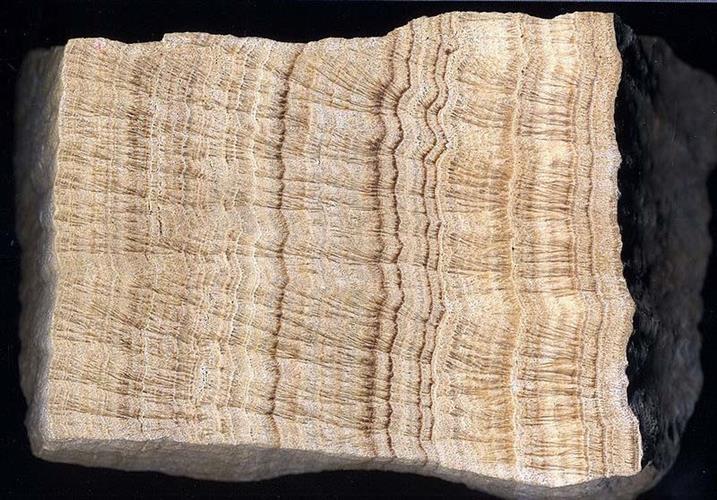?"What do we mean when we talk about " travertine stone
-

-
-
?"What do we mean when we talk about " travertine stone
-
Today, travertine is one of the best-selling stones in the building industry, especially for use on the exterior of the building, but in the not too distant past it has never encountered such fortune as the reason is almost obvious: Travertine unlike marble Porous, porous, porous, granite-free, porous and porous surfaces. Travertine rocks form from the residual sediment of hot springs, and the cavities in this rock are the source of sedimentation due to the space occupied by gases in hot water. This porous surface made it less attractive to customers after cutting and polishing - polishing the surface of the stone
Of course, this type of rock had another problem: high water absorption. However, the porous surface of the rock would have better absorption of mortar - especially when it had to be installed on the interior and exterior walls of the building rather than a single floor or pilot - but high water absorption in the winter would freeze and break this rock, Therefore, at the beginning of its entry into the market, it was mostly used as a "cover" stone for the exterior walls of the building; but during that time the Iranian stone industry faced a major challenge: granite, marble, and Chinese stones were able to be used indoors - such as the stairwell service. , Pilot, unit floor, and so on, but still lacking in outdoor use, such as "building facade", and on the other hand, the major builders spent their money on building facades, and that Been
There could have been less value added to the stone producers, but why was the use of granite, marble, and Chinese stones not so popular at that time? Irrespective of minor causes, such as low mortar rock with smooth surface and no cavities, this defect could be partially remedied by "scoping" the rock, the main reason being that the geography of Iran in an almost desert region And dry, which has a very sharp temperature difference around the clock - meaning the noon and midnight temperatures - that this constant heat and cold every day causes the stone to expand and shrink over many years, and to break down the rock from the building for many years; But why did the granite, marble and porcelain rocks break down over time in this long, successive expansion and contraction?
Because there were no holes in the surface of these rocks to counteract the effects of longitudinal expansion and contraction
Since "wherever the pain is there is a cure" Travertine's stone attracted the attention of stone producers as these holes caused the stone to expand and contract for long periods of time, but still persuaded the customer to consume stone all over the hole. And the hole is a tough job.
In the first step, the producers were able to fill the travertine stone cavities with "putty", which was a mixture of white cement and colored additives, but the putty was not as resistant to rain as the travertine high water absorption problem was still unsolved. . With the introduction of resin material into the Iranian market, manufacturers were able to create a mastic that would both fill the holes and not be easily emptied and reduce the travertine's high adsorption. The travertine stone now resides in the façade of the building with high absorption of mortar and also scoping at the highest elevations so that passers-by are not disturbed and occupies a porous surface against all kinds of external stresses. And with a beautiful, uniform surface it captures customers' hearts.
-